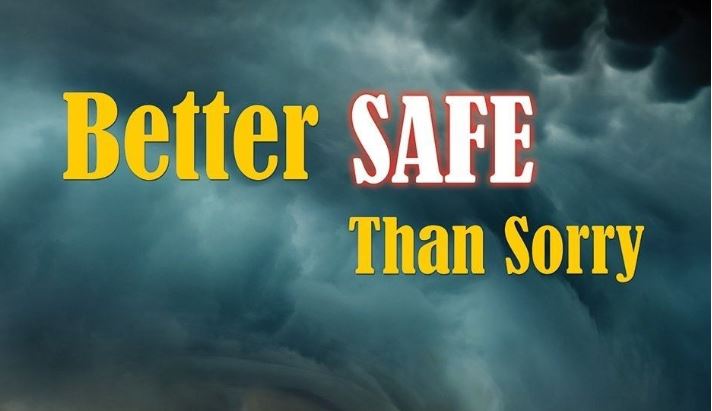
When Disaster Strikes – What’s Your Plan? The Importance of Emergency Action Plans

Emergencies rarely come with adequate warning. A tornado can seemingly come out of nowhere. A fire can take over a building in minutes. Active shooter situations can escalate in mere seconds. And business owners are required to have viable emergency action plans (EAP’s) in place at all times – and provide proper training.
With a proper EAP in place, your employees will know exactly what to do when the unexpected occurs. “Hope for the best, but prepare for the worst” is the right way of thinking. EAPs are a crucial part of your business’s overall safety program. It’s better to have them and not need them than need them and not have them, right?
What is an Emergency Action Plan?
An Emergency Action Plan is more than just an evacuation route map or list of emergency contact phone numbers. It is a written document required by OSHA for nearly all businesses with 11 or more employees. Those with fewer than 11 employees should still have an EAP, but it can be communicated orally.
So what goes into an effective EAP? Here are the basic requirements:
- Procedure for reporting fires and other emergencies – Do you have set procedures for reporting emergencies, such as dialing 911 or an internal emergency number, or pulling a manual fire alarm? Get the basics down. Post emergency contact signs so everyone knows the numbers.
- Evacuation procedures and emergency escape route assignments – What conditions would prompt an evacuation? Who has the authority to authorize an evacuation? What are the proper evacuation routes and procedures? Do you have escape route maps or diagrams displayed? What signs should employees look for to identify emergency exits, escape routes and muster points?
- Procedures for employees who remain to operate critical plant operations before they evacuate – What is expected of employees who may be required to operate fire extinguishers or shut down gas and/or electrical systems and other special equipment that could be damaged if left operating or create additional hazards to emergency responders (such as releasing hazardous materials)?
- Head count after an evacuation – What are your procedures to account for employees after the evacuation to ensure that everyone got out? Consider designating employees to sweep areas, checking offices and restrooms before being the last to leave the workplace or conducting a roll call in the assembly area. Many employers designate an “evacuation warden” to assist others in an evacuation and to account for personnel.
- Rescue and medical duties for employees – Most small organizations rely on local public resources such as the local fire department or hospital to provide these services, but you need to know for certain.
- Contact List – Names, titles, departments and telephone numbers of employees who can be contacted for additional information and/or explanation of their duties under the plan.
What Emergency Situations Should You Consider?
What situations are considered emergencies that would require consideration in an EAP? The best bet is to be as comprehensive as is reasonable. Consider your industry and your location. What types of emergency situations could happen at your workplace? Here are a few to consider:
- Natural Disasters – Tornadoes, hurricanes, floods, wildfires, earthquakes and other natural disasters are unavoidable. Consider which ones are a threat at your location and plan accordingly. If you have multiple locations, each may need different procedures.
- Bomb threats – What do you do if there is a bomb threat or a suspicious package?
- Internal fire – What should employees do if they see a fire, smell smoke or hear the fire alarm going off? Time is of the essence!
- External fire – Wildfires or a fire at a neighboring business could threaten your operation.
- Active shooter – An unfortunate sign of the times, but being prepared for an active shooter situation is essential for any business today.
- Robbery – Any business open to the public could be a target.
- Industry-specific disasters – Do you use a lot of chemicals that could lead to a chemical spill? Do you work in hazardous environments? Include anything that could lead to a viable emergency, even if it’s not common.
This list is just a start. Together with your team, consider any and all possible threats to your workplace and create a suitable plan to minimize the threat.
You Have an EAP. Now What?
Completing an EAP is just step one. Having a plan is a great step, but it won’t save your employees if they don’t fully understand it. When an evacuation is necessary, you will need responsible, trained individuals who can supervise and coordinate activities to ensure a safe and successful evacuation. Establish who will fill those roles. Consider EAP training for new employees and yearly drills to master your emergency plan.
No one wants to dwell on the idea of a disaster hitting their business, but as an employer, it’s your job to think ahead and plan for the unthinkable. Not only can it save lives, but it can also save your business from a damaging inquiry or lawsuit in the aftermath.
A proper Emergency Action Plan and related training can make all the difference between an emergency and a disaster. Do it for your business and for your people.

